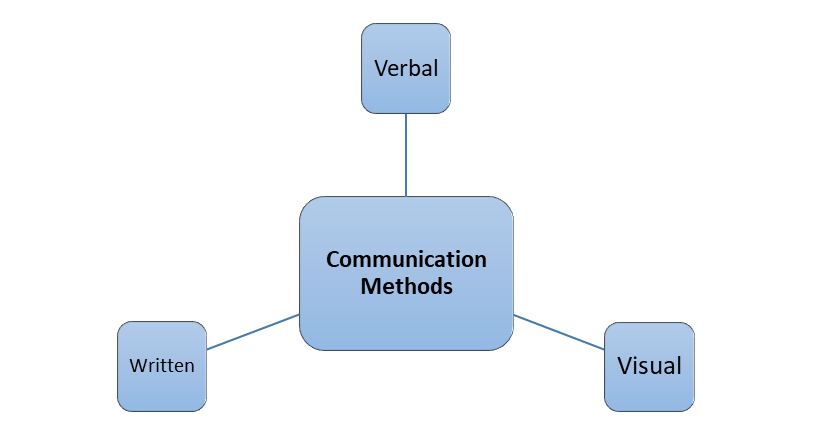Internal and External Communication
What is communication?
- Communication is a process where a message is transferred from the sender to the receiver, who acknowledges the message with feedback if required.
- There are two types of communication in a business:
- Internal: occurring within the organization between different members. E.g., communicating between departments, notices and circulars to the staff, or signboards and posters posted inside the factories and offices.
- External: occurring between the organization and other organizations or employees. E.g. advertisement of products, ordering goods from suppliers, conferences, etc.
For the communication to be effective, it needs:
- Sender/transmitter of the message
- The right medium of communication e.g. email, text message, noticeboard etc.
- Receiver/recipient of the message
- Feedback/response of the message to ensure the message has been received, understood, & acknowledged.
In an organization, communication is happening on many levels:
- One- way communication: messages that don’t demand feedback. E.g., warning signs on the notice board saying, “no smoking” or an instruction saying, “do not enter.”
- Two-way communication: messages that need a response or feedback from the receiver. E.g., an email sent by an employee to the manager asking his permission to grant leave for some days.
- Downward communication: messages transferring from the upper-level management (managers) to the lower level (subordinates) of an organizational structure.
- Upward communication: messages being transferred from bottom (subordinates) to the top (managers) of an organizational structure.
- Horizontal communication: happening between workers on the same level of the organizational structure.
Communication Methods

Verbal Methods: type of oral communication, message conveyed through spoken words.
E.g., telephone conversation, in-person conversations, video conferencing, meetings, etc.
Advantages of Verbal communication:
Fast and efficient.
Immediate feedback received.
Communication made impactful through tone and body language.
Disadvantages of Verbal Communication
Time-consuming.
No guarantee if the audience is listening or understands the message.
No record of the message.
Written Method of communication: Example**;** letters, memos, emails, notices etc.
Advantages of Written method of communication:
- Record of the message sent.
- More detailed.
- Can be sent to multiple people at once.
- Email is much quicker form of communication.
Disadvantages of Written Method of Communication
- Uncertainty of whether the message has been received and understood.
- Can have language barrier.
- Long messages may make it difficult for the reader to understand and stay focused.
Messages cannot be reinforced through expressions and body language
- Visual Method of Communication: Usage of visual elements such as charts, diagrams and presentations etc.
Advantage of Visual Method of Communication:
- Attractive way of communicating.
- Written material can be supported through charts and diagrams.
Disadvantages of Visual Method of Communication:
- No feedback.
- The audience may not understand the message through visual aid.
Factors that affect the choice of an appropriate communication method
- Speed: if the message is important and the receiver needs to get the information swiftly, then a call or text message would be feasible. If speed isn’t important, then email would suffice.
- Cost: If the firm wishes to cut down on costs, then it may go for letters or f2f meetings to convey information. Otherwise, calls, presentations, or posters could be used.
- Message details: if the message is detailed, then written or visual methods would be chosen.
- Leadership style: a democratic leader would use 2-way communication methods such as verbal forms while an autocratic would go for one-way communication methods like notices or announcements.
- The recipient: Depending upon the number of receivers the right medium shall be chosen. If there is only one employee that needs to be communicated, then a personal f2f call will be appropriate. Whilst, if the whole staff is to be sent a message, email or notices shall be used.
- Importance of a written record: If message requires written evidence like a legal document, then written methods would be apt.
- Importance of feedback: if feedback is necessary, then a direct verbal or written form shall be most appropriate.